Photos Showing The Dramatic Fall Of Saigon
On January 27, 1973, representatives from the United States and what was then Vietnam’s three different governing bodies (The Republic of Vietnam, the Democratic Republic of Vietnam, and the Provisional Revolutionary Government of the Republic of South Vietnam) signed the Paris Peace Accords.
Although this agreement had the aim of ending the Vietnam War, it only ended America’s official military involvement in the war. After fighting continued between North and South Vietnam, it all came to a head in a moment that will forever haunt the world.
North Vietnam Gains Major Ground
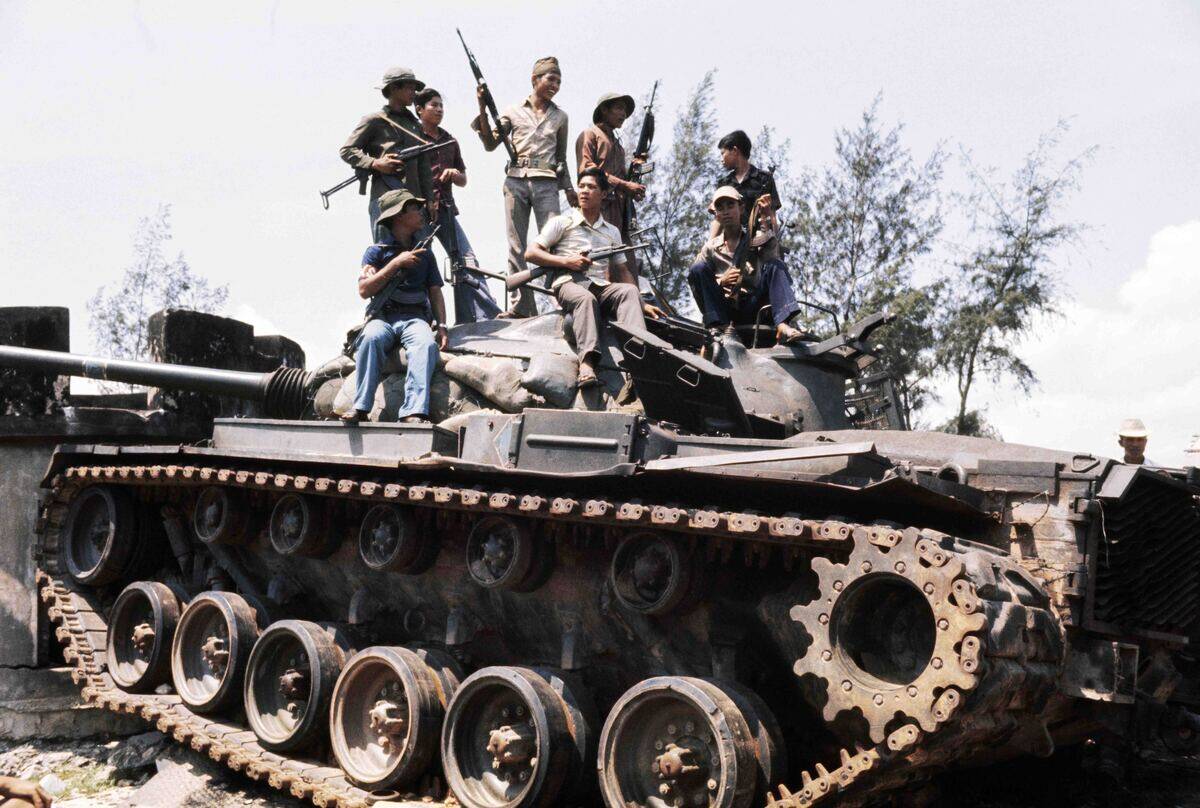
Despite the Paris Peace Accords, it was clear that both North Vietnam and the Provisional Revolutionary Government of the Republic of South Vietnam wanted to see the nation reunified under a communist government.
Although the part of South Vietnam represented by the Republic of Vietnam sought to retain its independence, the chances of this were getting slimmer by the day in 1974. After all, any previous position they had relied on American support that was all but gone.
The Beginning Of The End
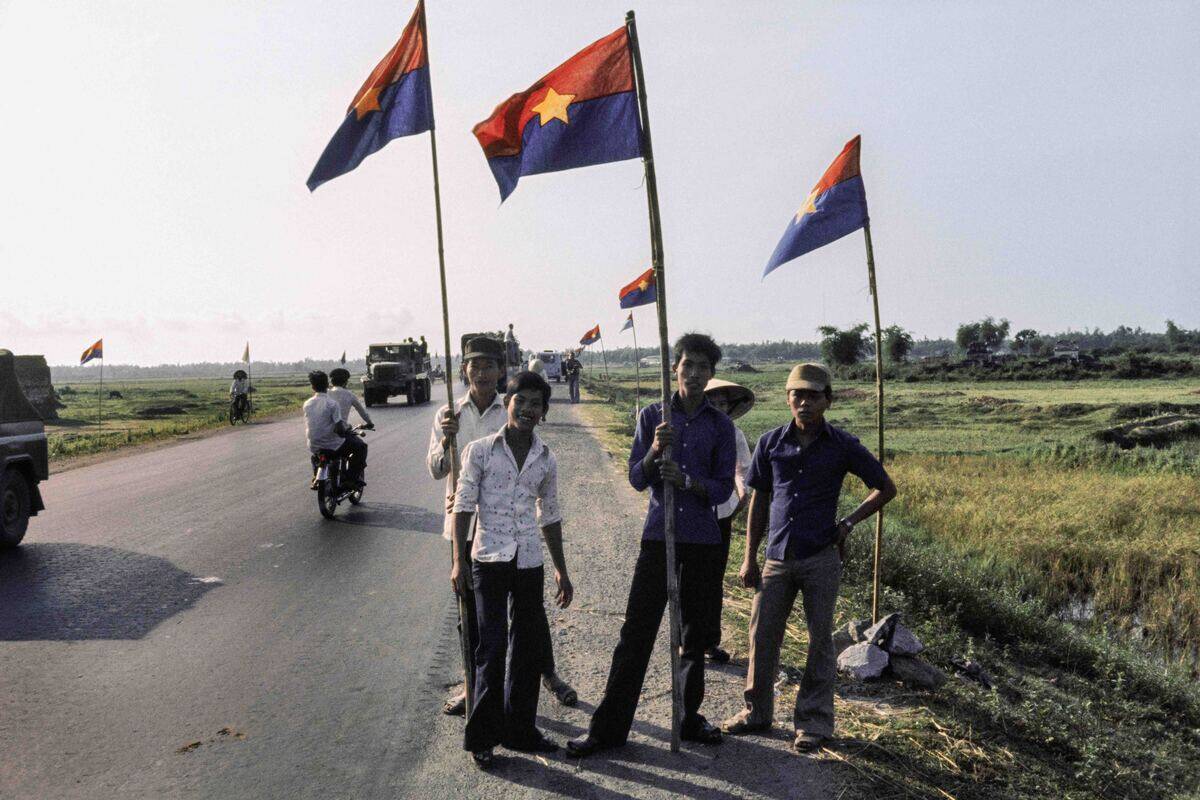
Although the North Vietnamese had made significant territorial gains throughout 1974, it was clear that it was only a matter of time before the Republic of Vietnam would fall once the calendars turned to 1975.
For these citizens waving the flag of the Provisional Revolutionary Government of the Republic of South Vietnam, this made the taking of the city of Da Nang welcome news. The city fell on March 28, shortly after North Vietnam had also taken Hue.
Some Were Elated, But Others Were Terrified
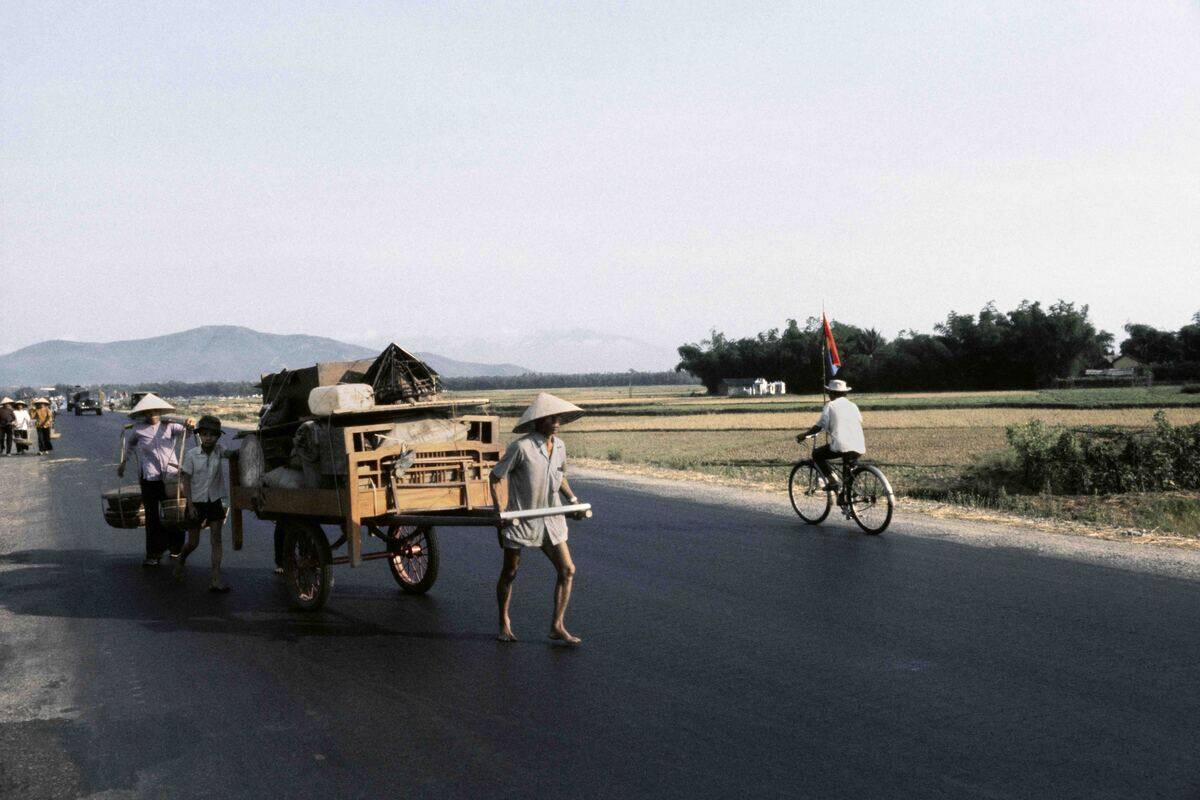
Given the fragmented political nature of Vietnam at the time, it stood to reason that not everyone in the nation was loyal to any of the communist entities now surrounding them.
For these people, the only option was to leave Da Nang and retreat for one of the few places the Republic of Vietnam still controlled, the most central of which being Saigon.
What Did Their Sacrifice Mean?
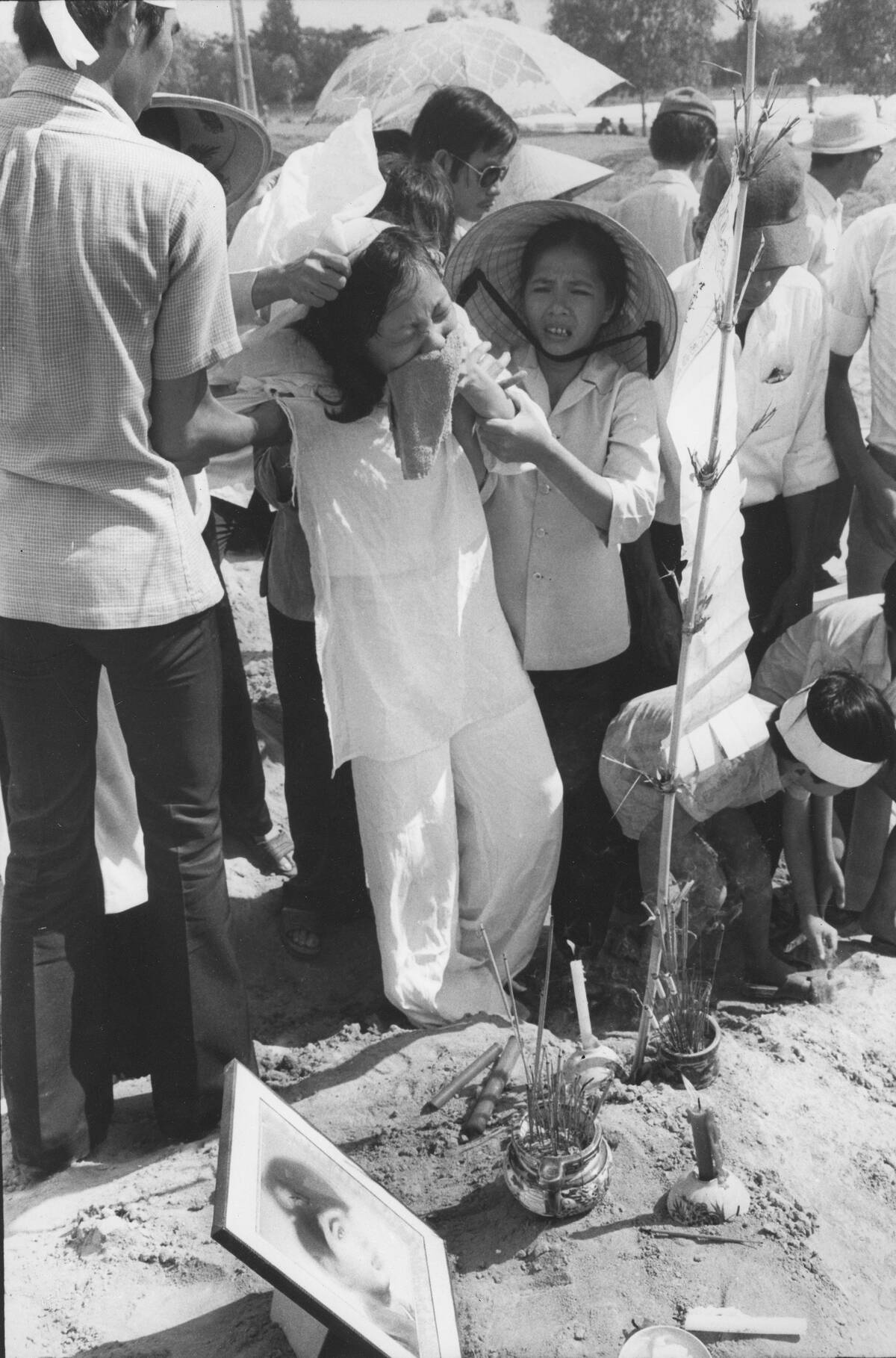
Before North Vietnamese forces reached Saigon, they conducted an aerial campaign on Biên Hòa Air Base. This woman’s despondent cries were from her husband, who was killed while trying to defend Biên Hòa.
He gave his life to try and prevent North Vietnam’s advance into Saigon, but within days, that would be an inevitability.
The Last Battle Of The Vietnam War
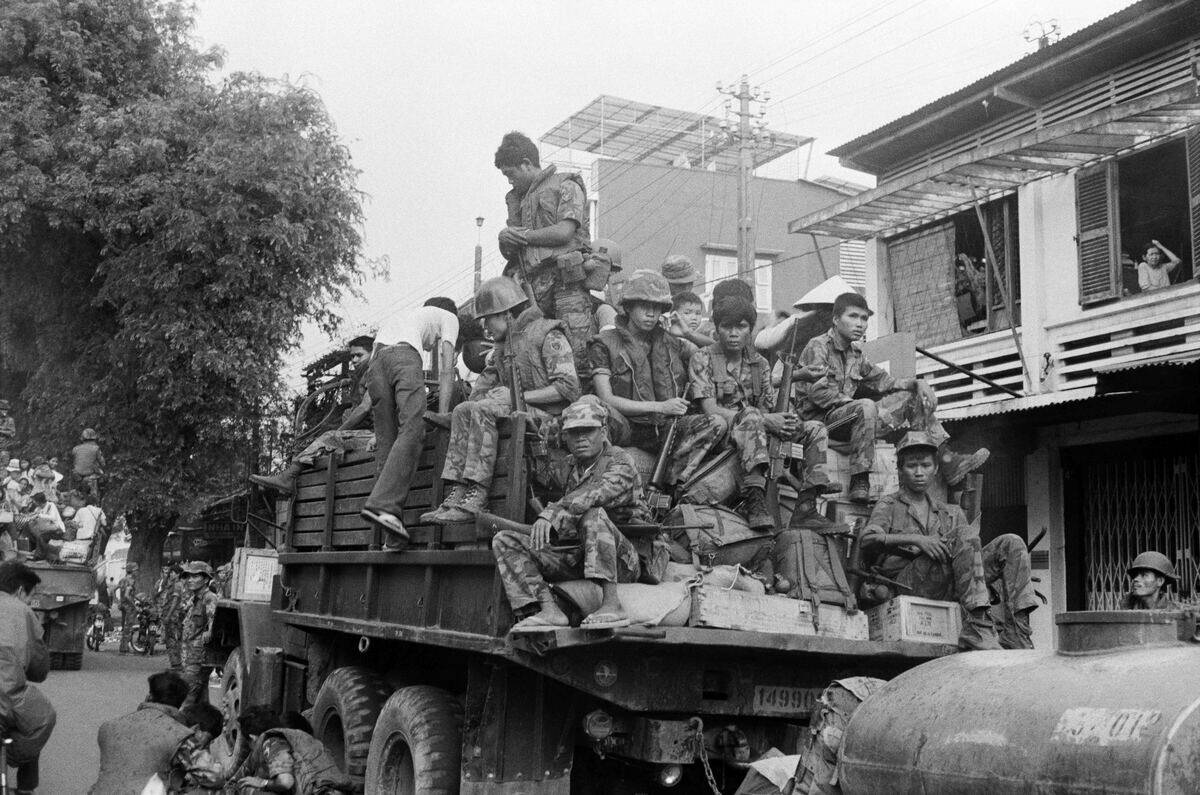
On April 29, 1975, the North Vietnamese reached Saigon and these South Vietnamese troops were travelling in a military truck to meet them.
Even before their fight began, it was understood to be a last-ditch effort, as the North Vietnamese momentum up to that point made holding the city seem unlikely.
The South Vietnamese Forces Face Utter Destruction
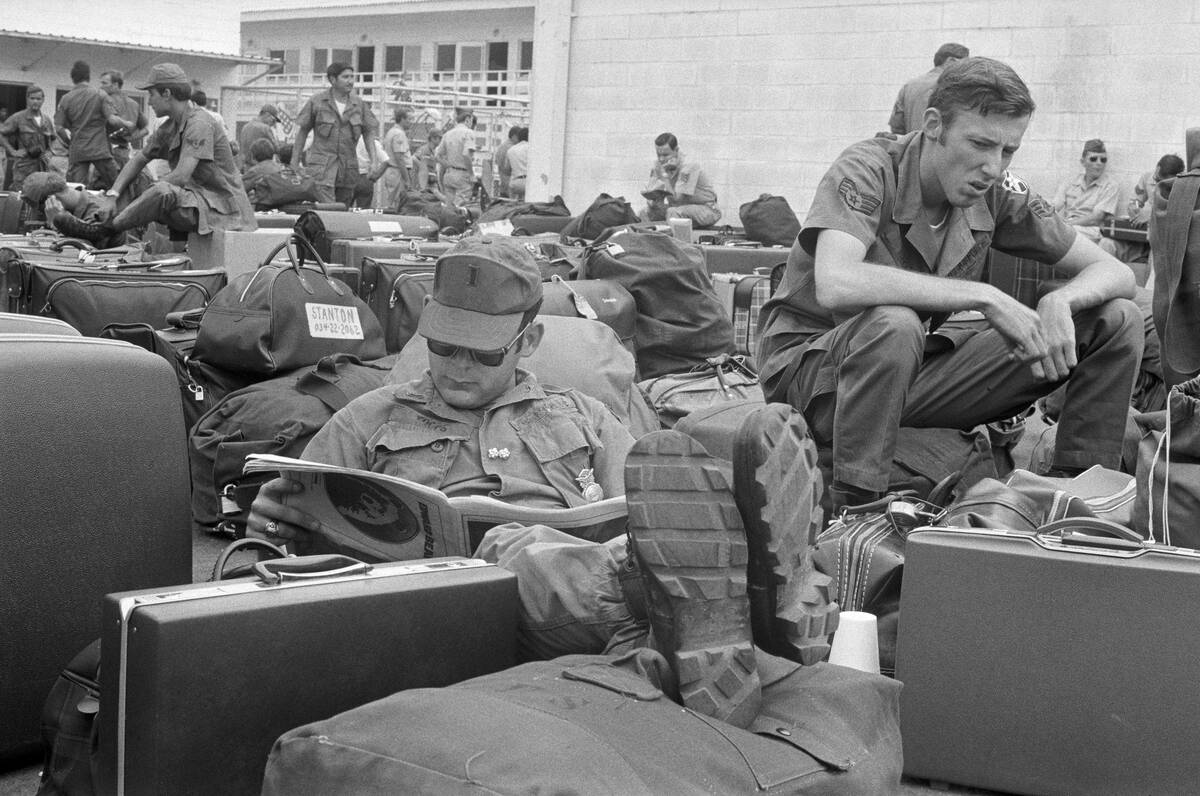
Within 24 hours, the battle was decided and South Vietnamese tanks lay in ruins as North Vietnamese forces advanced into the city.
As they tore through the short-lived Republic of Vietnam’s capital, they had one principal destination in mind that would end the war once and for all: The Presidential Palace.
The Republic Of Vietnam Is No More
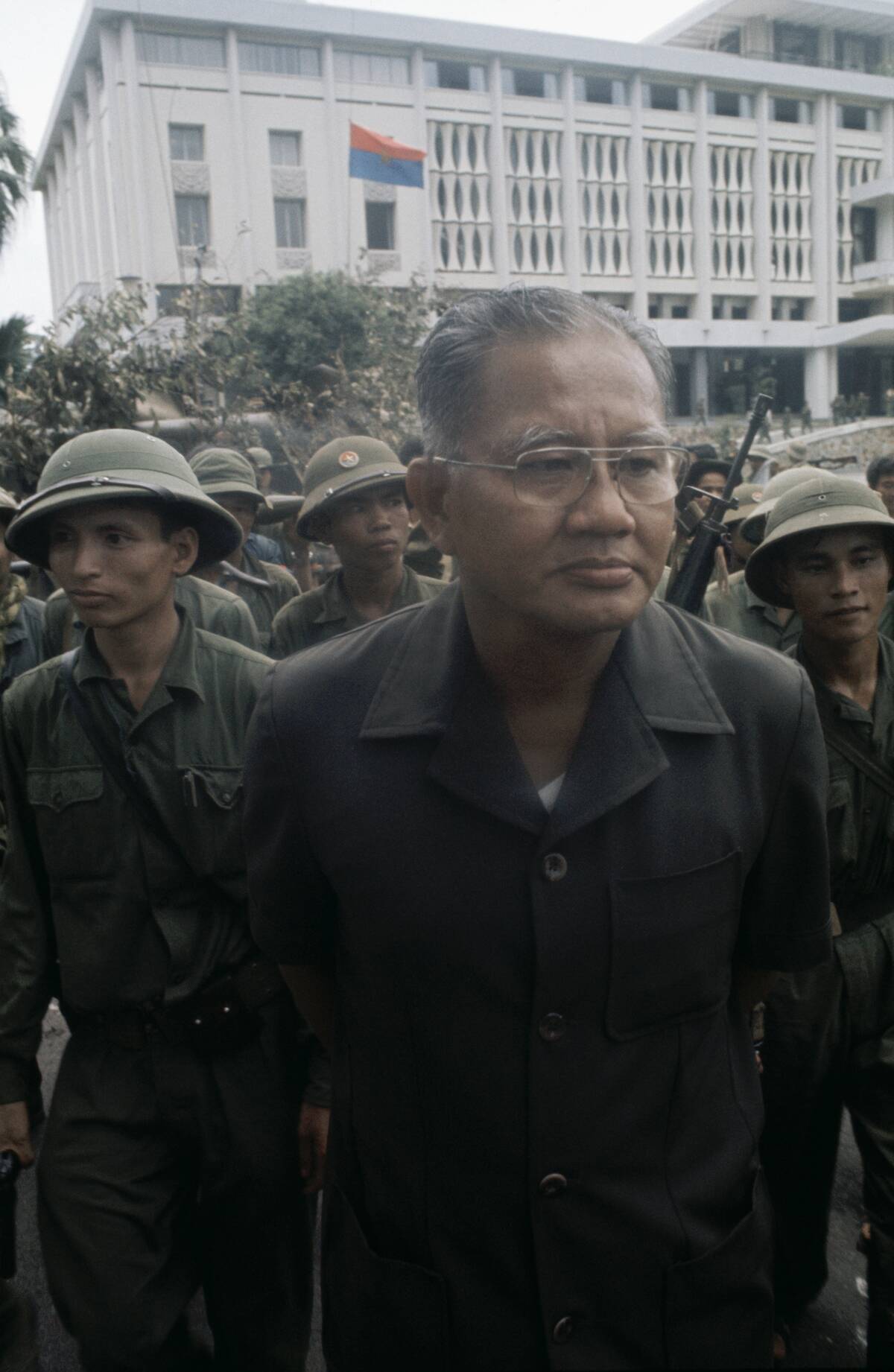
After North Vietnamese forces breached the presidential palace, they reached the location of the doomed republic’s leader, General Duong Van Minh.
By the time he was arrested and Saigon was taken, he had only been president for less than ten days. He was confined in relative comfort before he was exiled to France in 1983.
A Post-Victory Rest
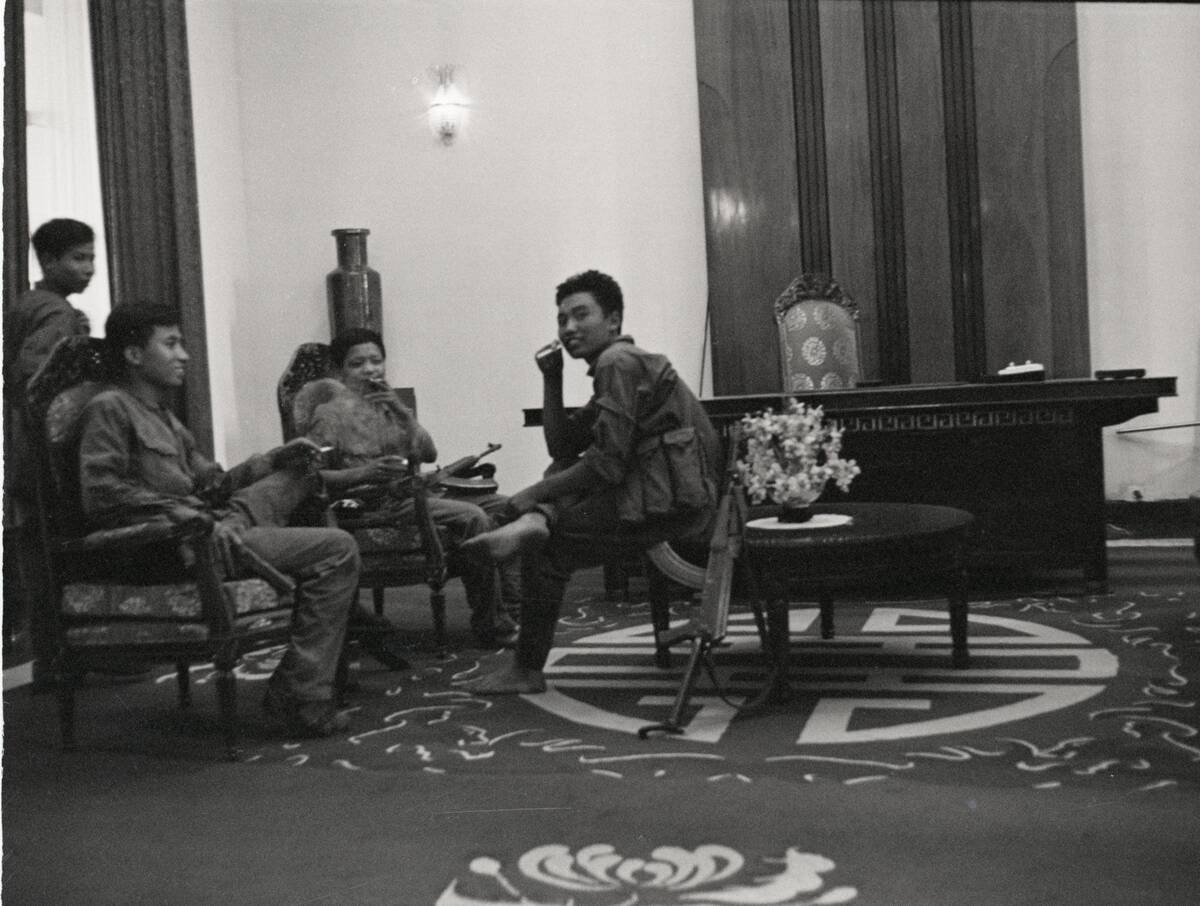
After having to maintain the heavy pace of the North Vietnamese advance into Saigon, these soldiers reacted to their victory by resting and happily conversing in the presidential palace.
Indeed, the background furnishings make it clear that before they arrived to turn this room into their lounge, it was Duong Van Minh’s office.
Securing The Prisoners Of War
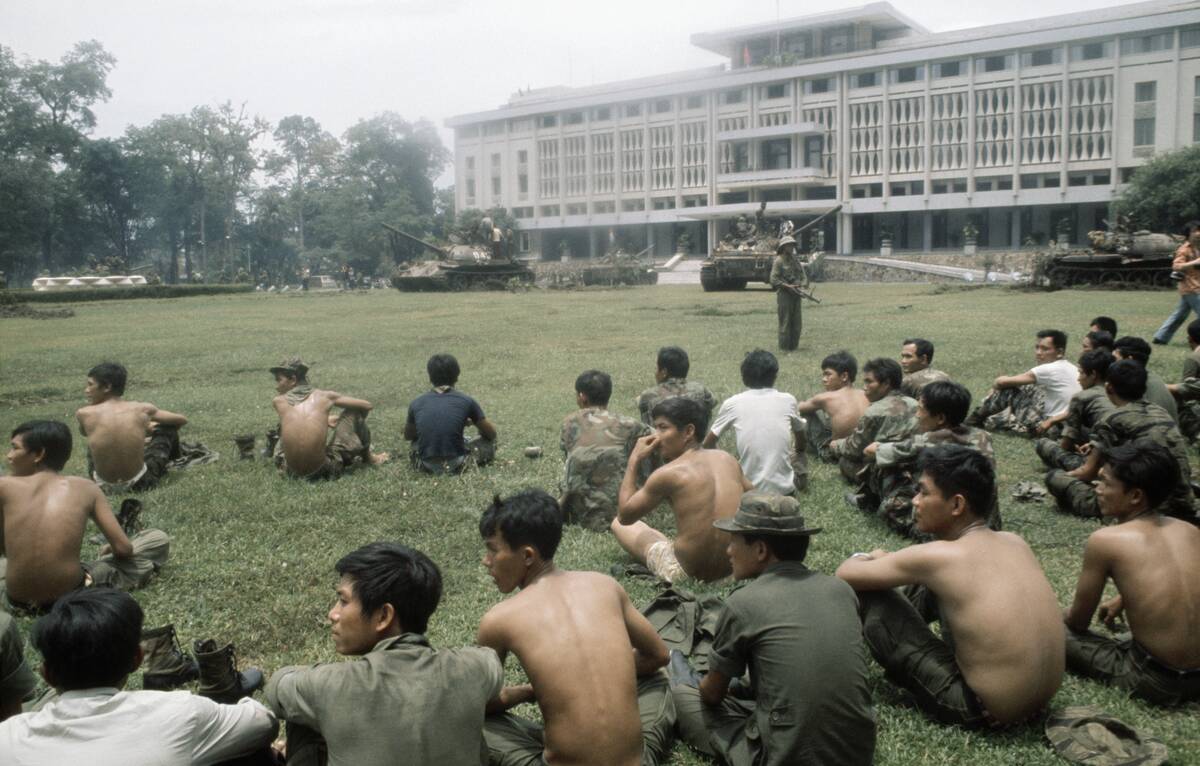
Once the presidential palace had been taken, it was clear to these seated South Vietnamese soldiers that there was no point in continuing to fight.
Thus, they were brought to the palace’s expansive lawn and placed under guard as the forces in the background finished securing the area. They would not experience the same comfort as their former president.
The Fate Of Captured South Vietnamese Solidiers
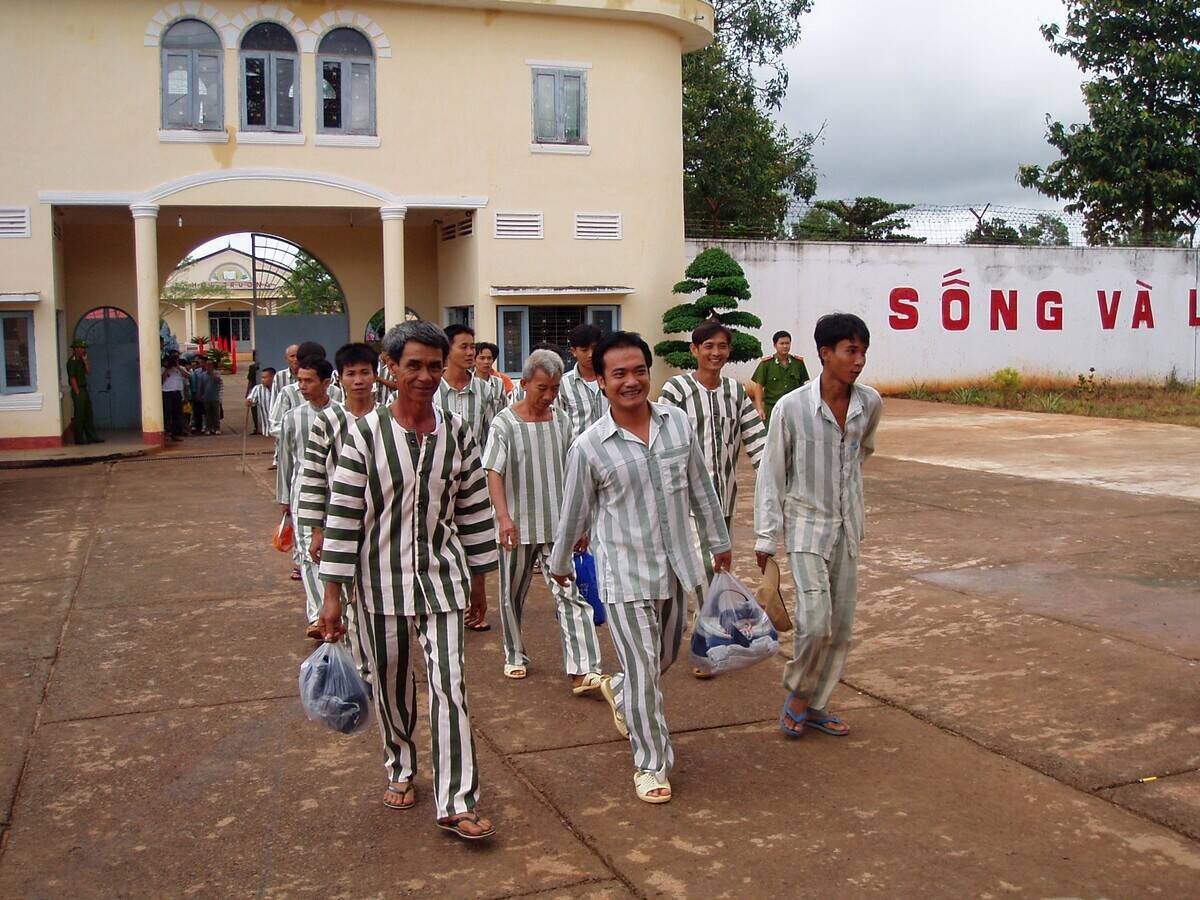
In all likelihood, the soldiers on the aforementioned lawn were sent to prison complexes — known as “re-education camps” — like the one these men were held in.
Although the purpose of these camps was to indoctrinate the prisoners of war into the prevailing ideology of the North Vietnamese victors, it was also a means of revenge against the forces who once opposed them. That’s why senior officers could expect to remain in places like this for several years.
Refugees Desperately Try To Escape Saigon
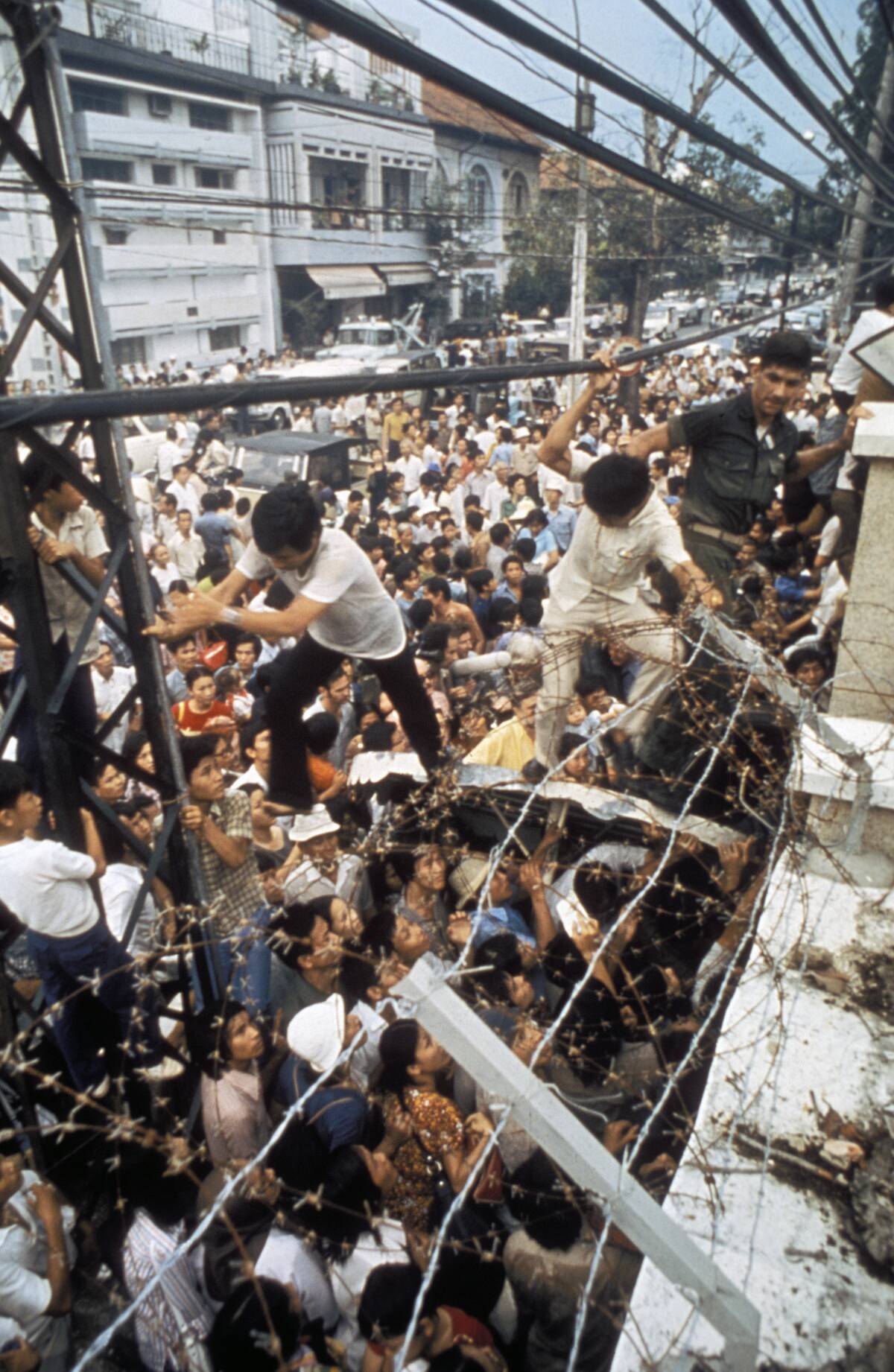
As the fighting drew to a close on April 30, 1975, the American embassy was flooded with South Vietnamese refugees fearing North Vietnamese retaliation. In this case, we can see two men trying to scale the barbed wire around the complex.
However, this U.S. Marine would soon show them that they would be allowed in. He dislodged them from the barbed wire but ensured they remained outside.
There Were More Than America Could Evacuate
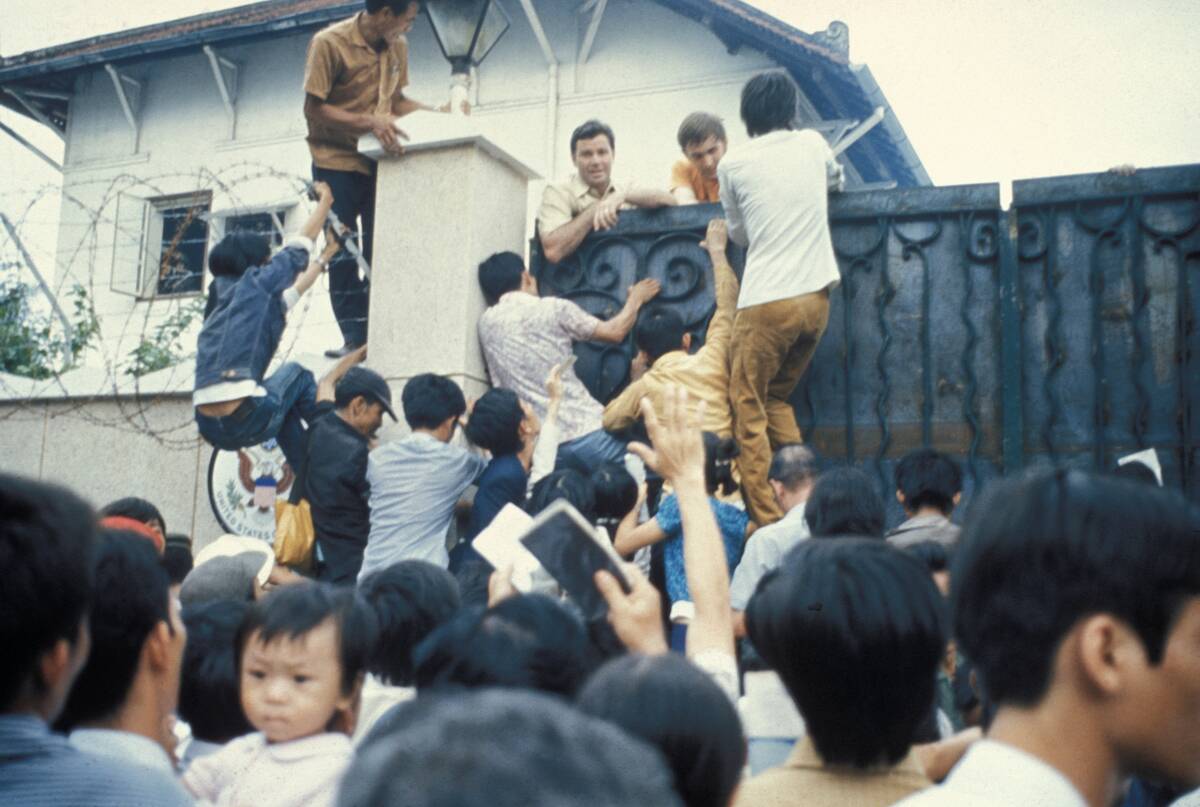
As this photo shows, many South Vietnamese citizens tried to scale the American embassy’s walls, only to be pushed back by those inside.
Whether by air or by sea, any means of escaping Saigon in the wake of its fall filled with refugees quickly. As the saying goes, however, they couldn’t save them all.
American Personnel Were Also Getting Desperate
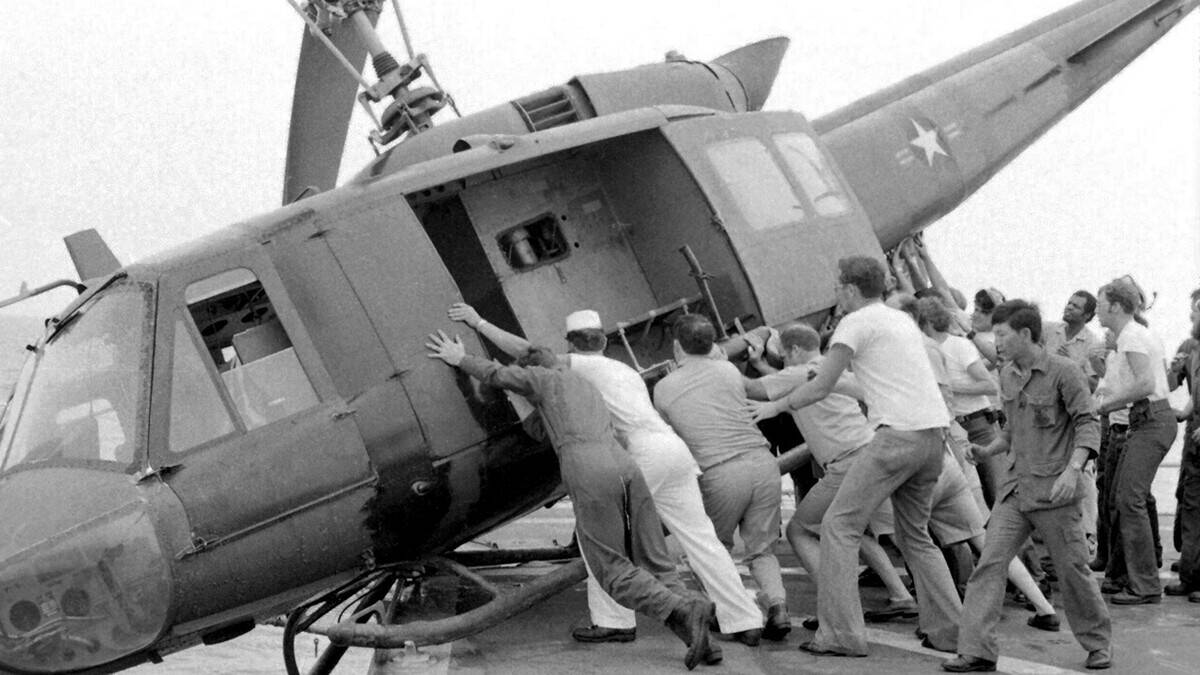
Once it was clear just how many Americans and South Vietnamese citizens were trying to flee Saigon, U.S. Navy personnel took some desperate measures to clear their aircraft carriers for refugee flights.
As we can see here, that involved pushing this Huey helicopter — commonly seen in American operations throughout the war — into the South China Sea because it took up too much room.
Whether By Force Or By Words, There Was No Way In
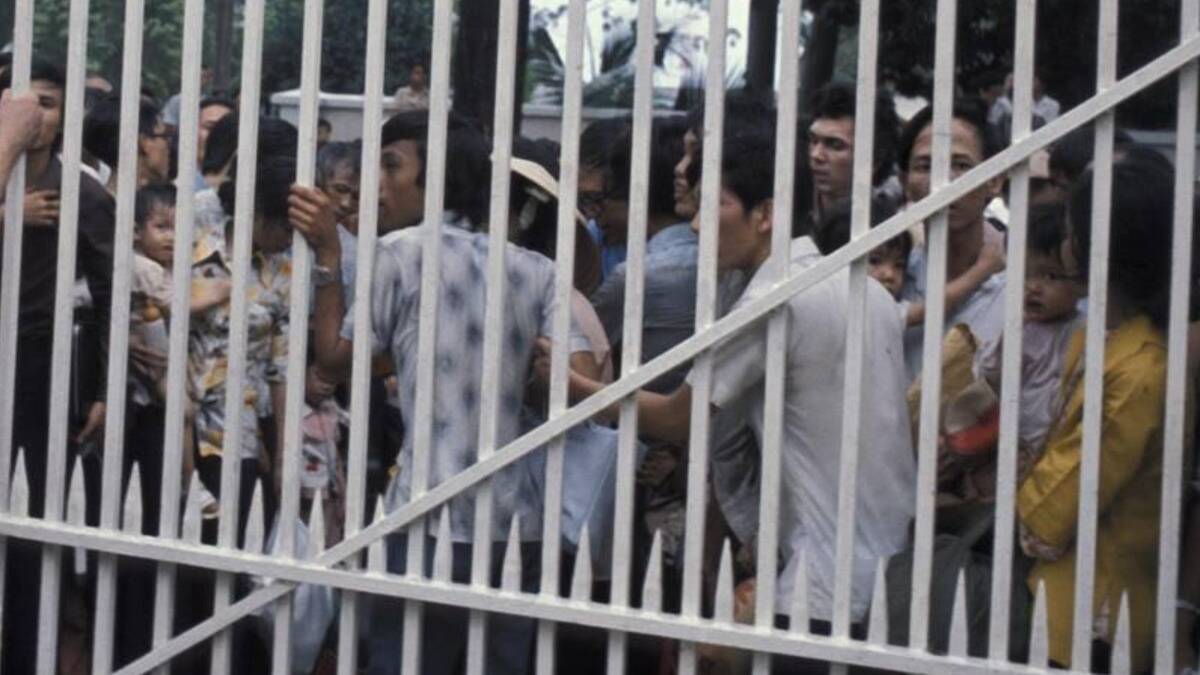
While some desperate South Vietnamese citizens tried to scale the American embassy’s walls, others gathered at the locked gates to try and convince marines like the one standing here to let them in.
However, the reality was that thousands of others had seen the danger coming before they did and had already made it inside the embassy’s territory.
This Photo Was Taken A Day Ealier
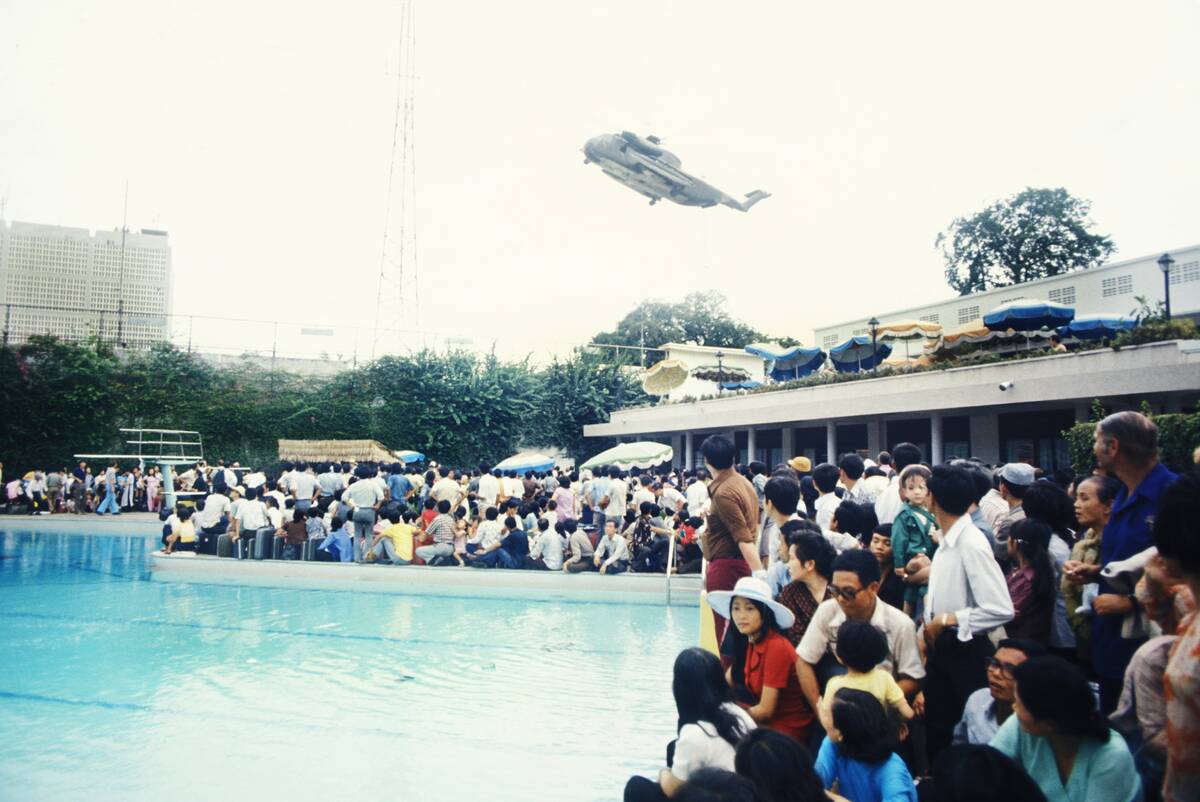
On April 29, the American embassy was so overwhelmed by refugees seeking safe passage out of Vietnam that they were brought out to surround the embassy’s large swimming pool.
Here, they awaited helicopters like the one in the background to bring them outside the vengeful reach of North Vietnamese forces.
Constant Air Traffic In The Days Leading Up To The Fall
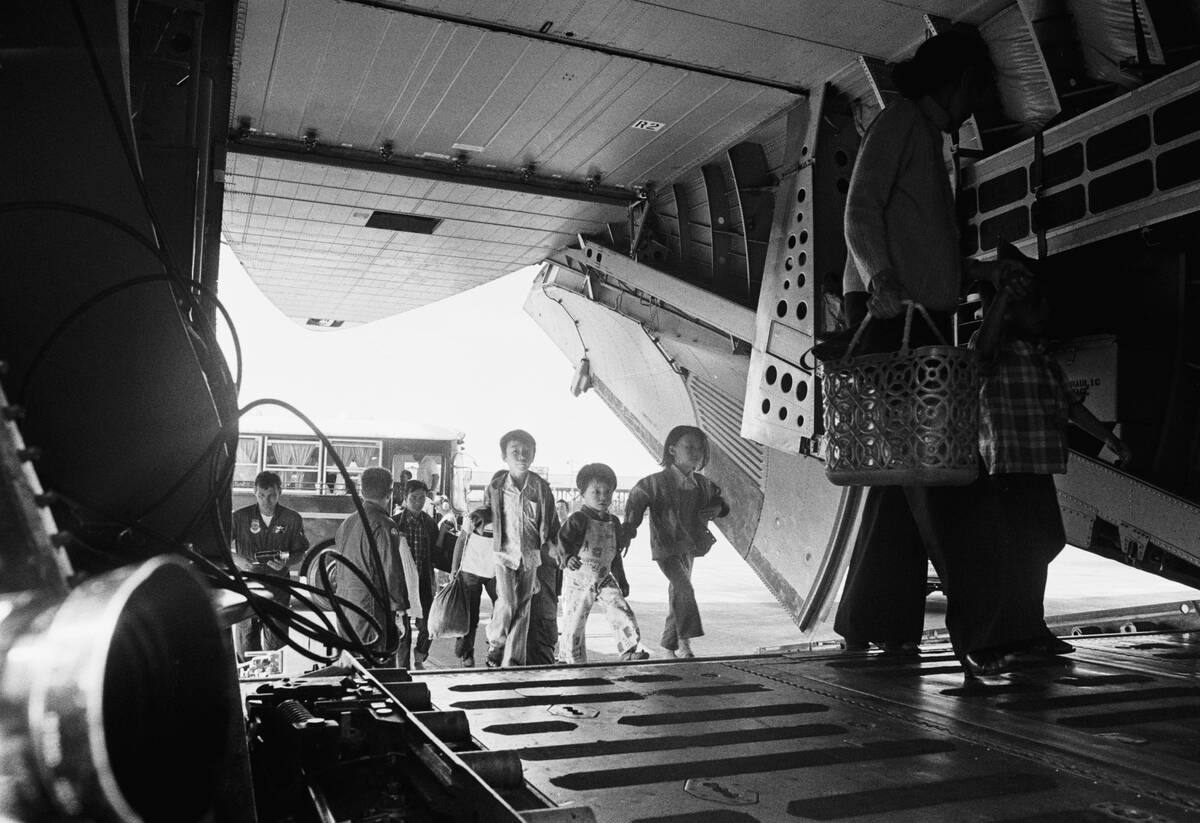
Even as far back as April 22, conditions in South Vietnam seemed so hopeless to so many people that C-141 aircraft like this were transporting refugees like these young children every 30 minutes.
Others at this time had taken U.S. navy barges to Vung Tau, which was to the south of Saigon.
Operation Frequent Wind
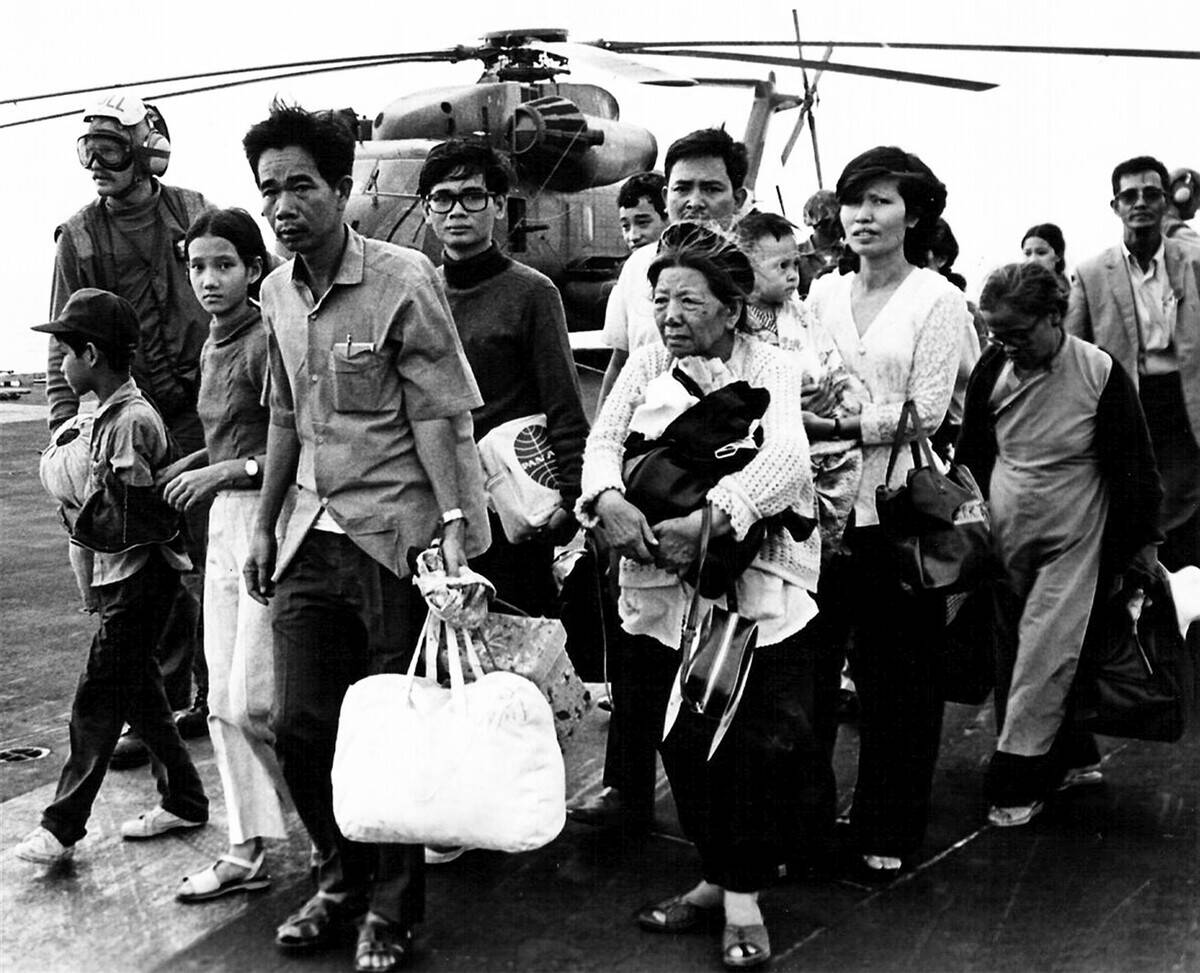
Although many weren’t able to get out of Saigon in time, enough were among those lucky “at-risk” South Vietnam citizens to make the evacuation procedure known as Operation Frequent Wind the largest helicopter evacuation in history.
All told, about 7,000 people were flown out of Saigon during Operation Frequent Wind. Of these people, approximately 5,500 were South Vietnamese Citizens.
An Even Larger Evacuation By Sea
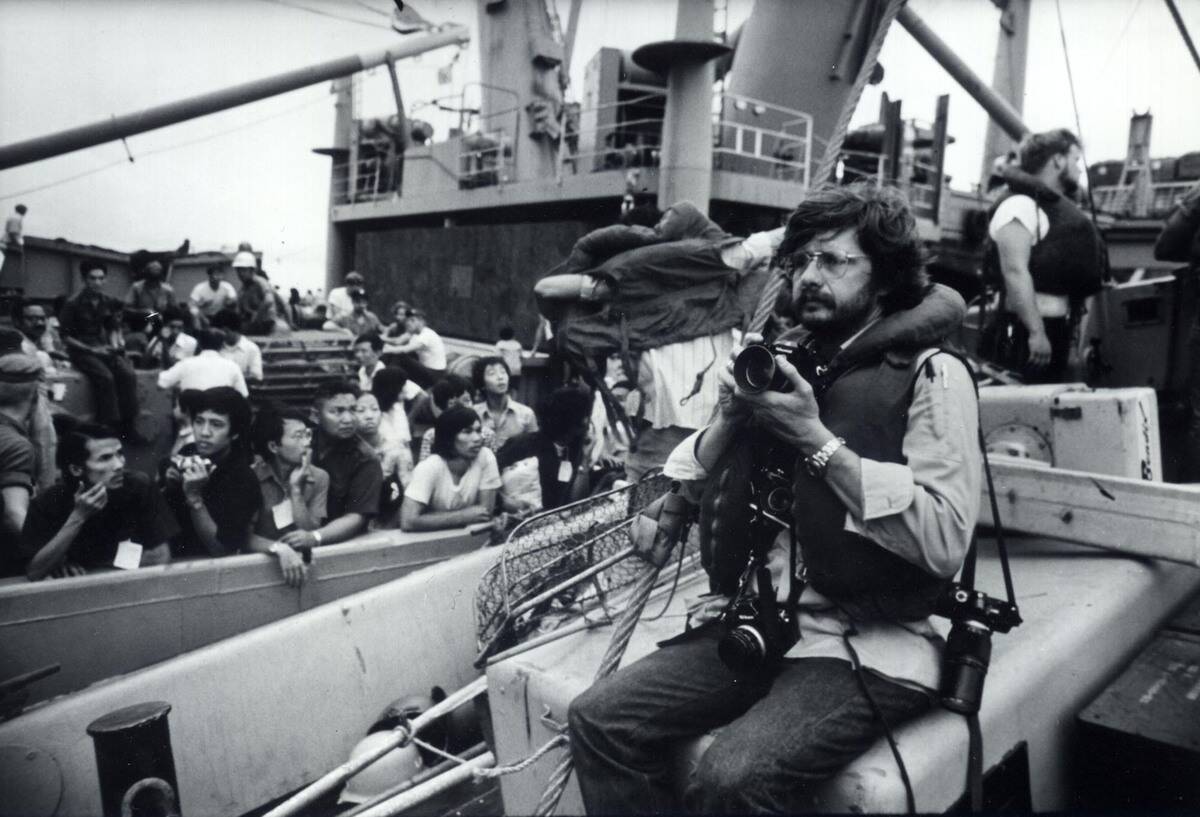
Although photojournalist Dirck Halstead can be seen here evacuating Vietnam via the South China Sea, just about every South Vietnamese citizen with access to a boat had a similar inclination.
This made Halstead just one of approximately 2 million people who fled this way during the fall of Saigon. Over 500,000 refugees would never be seen again, but the survivors would resettle in other nations like Thailand between 1975 and 1997.
A Search For Survivors
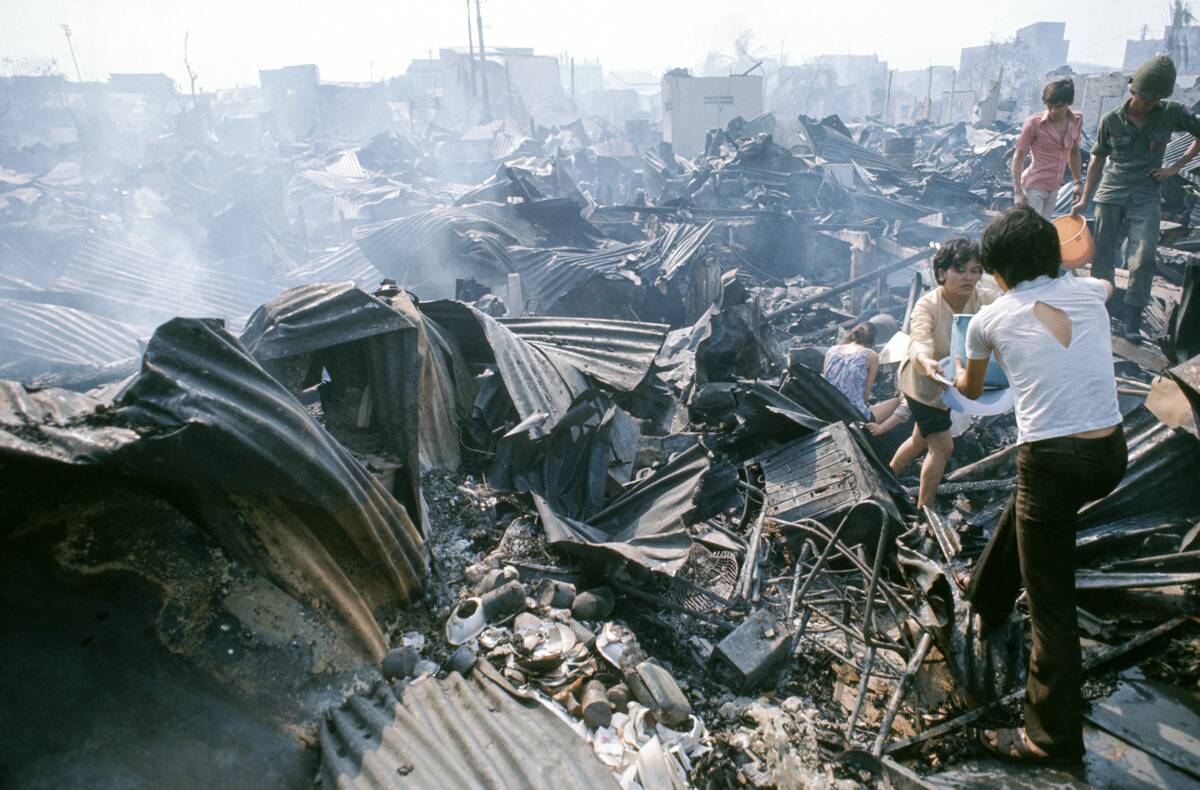
After Saigon fell, much of the city had been reduced to bombed-out ruins like the ones depicted here.
Once the city had fallen, civilian and military personnel alike searched the vast expanses of rubble for survival. It’s unclear how many were found, as thousands of South Vietnamese citizens would later lose their lives due to their alleged ties to the American government.
People Take What They Can From The Abandoned Embassy
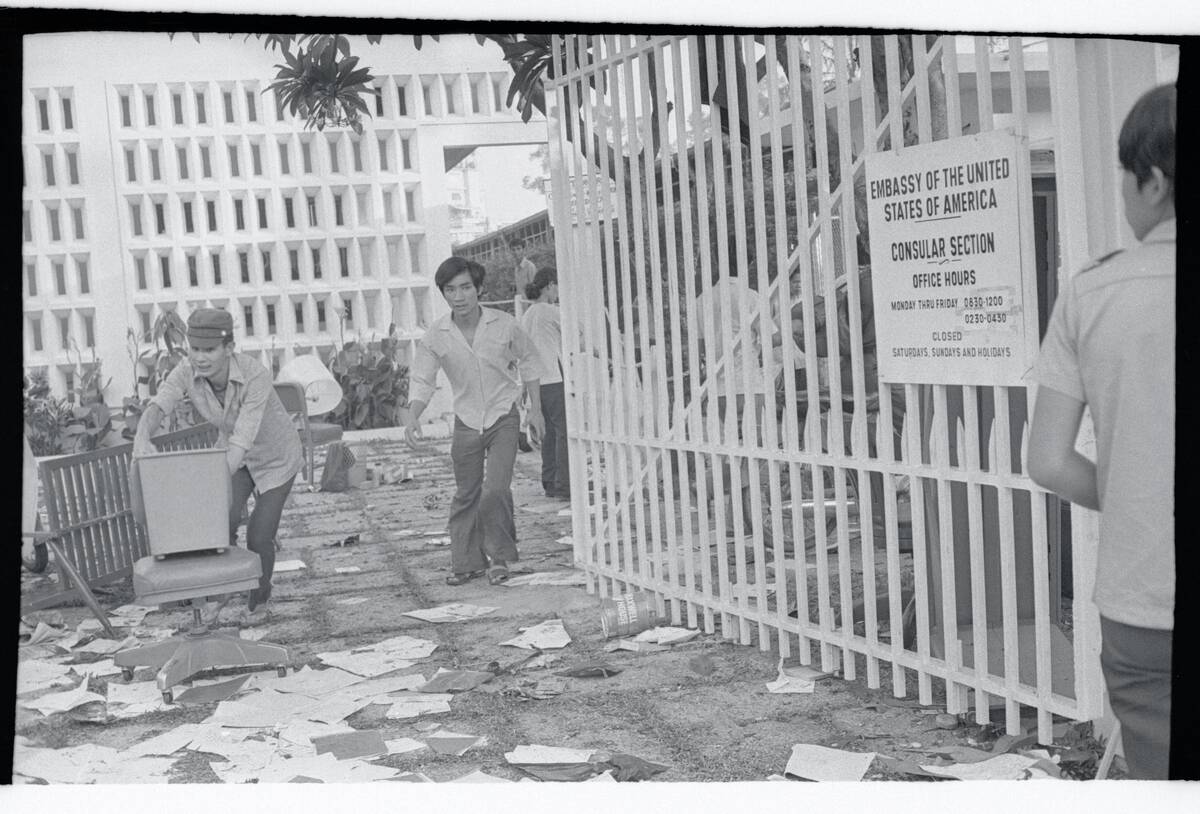
After North Vietnamese forces captured Saigon, they imposed a 24-hour curfew on the city. However, this didn’t stop desperate South Vietnamese citizens who realized they had no hope of escaping from procuring what they could from the city’s remnants.
As we can see here, the American embassy became a major target for looting after it was abandoned and the last of the American military personnel were airlifted out of the city.



